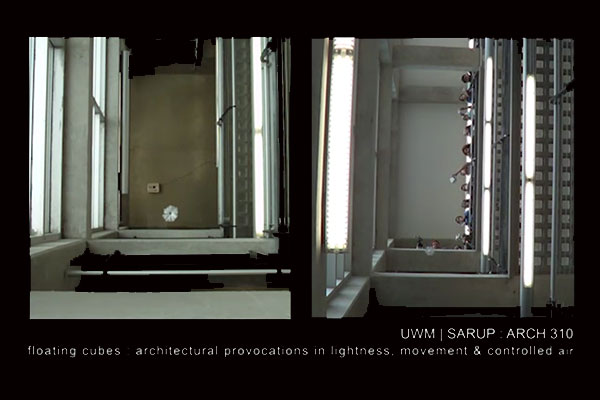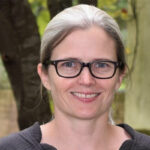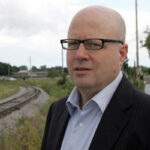Forms have properties that perform architecturally in unique ways. These formal and geometrical properties can be used or transformed to have added architectural and environmental possibilities. In the first design sequence students were asked to study the properties of a form, a cube, in relationship to structural forces, air movement, and light. They were asked to construct a series of three cubes from paper that successfully engage these different performance criteria through iterative testing.
Structural Cube – a structurally rigid cube that uses the least amount of material and can withstand a maximum force from above and the ‘shake test’.
Floating Cube – a cube that when allowed to free fall allows for the maximum resistance to air, achieves a maximum hang time in flight, and can withstand the impact of landing.
Light Cube – a cube that can focus or diffuse the most amount of direct natural light.
For more information contact Antonio Furgiuele.




